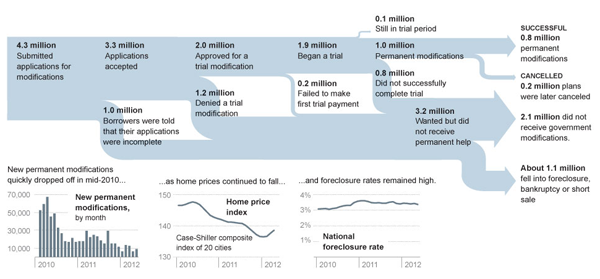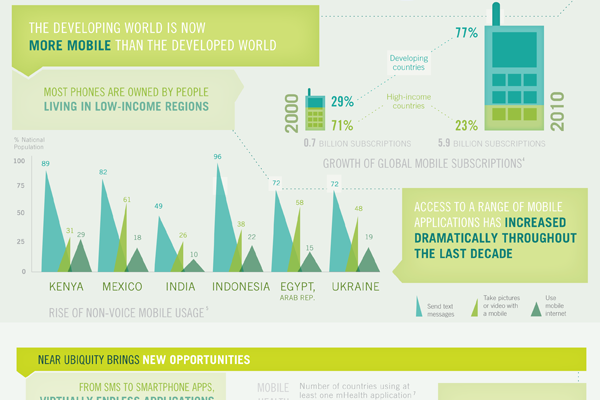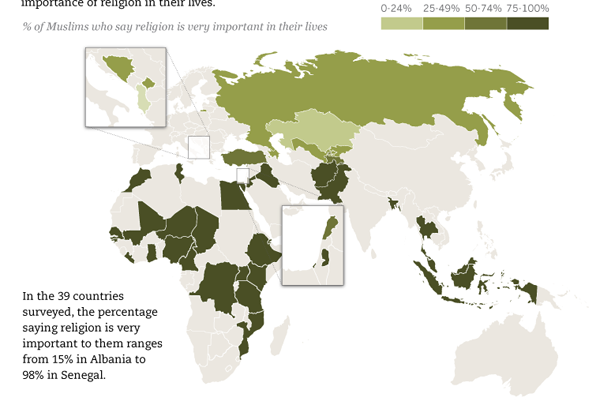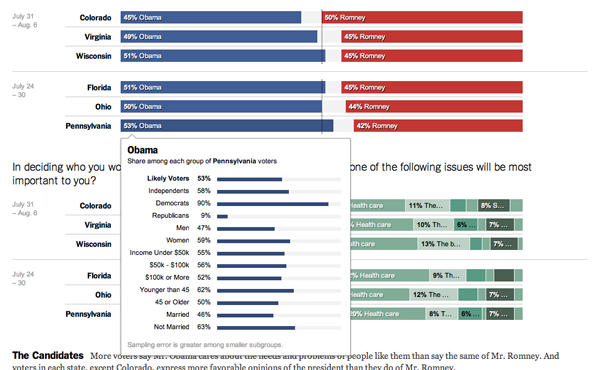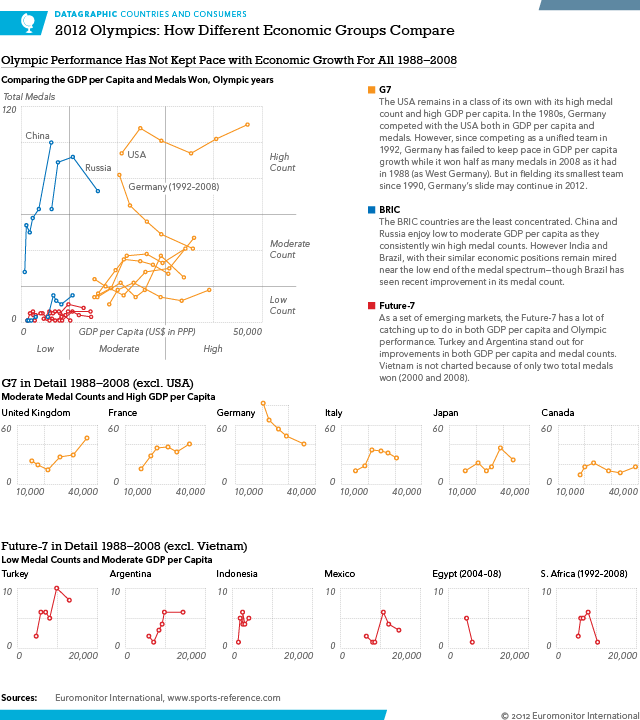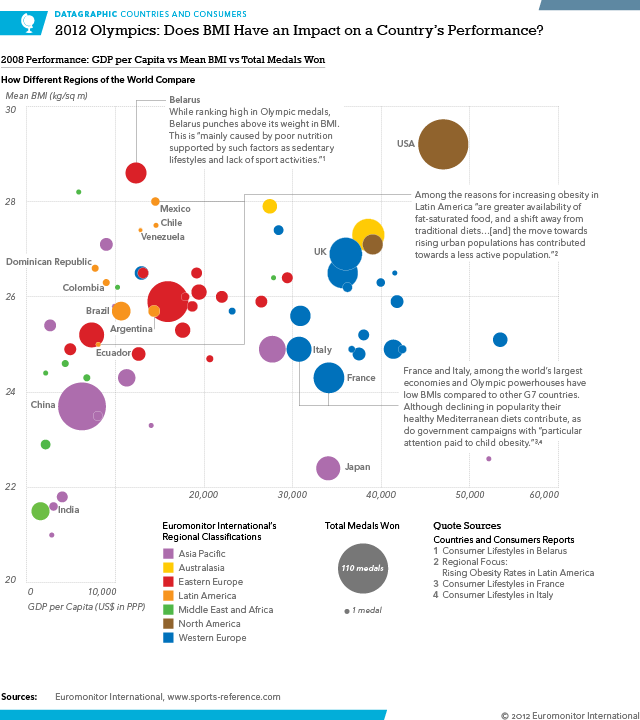Over the last week a video clip on YouTube that mocked the Muslim prophet Mohammad sparked unrest across the Muslim world, from Morocco to Bangladesh and from Turkey to Kenya. While most of the protests were peaceful, a few were not. In Libya, the US consulate in Benghazi was attacked—in circumstances still not entirely clear—and four Americans were killed, including the US ambassador, Christopher Stevens. In Khartoum, Sudan, the embassies of the US, the United Kingdom, and Germany were all attacked. While in Afghanistan, the Taliban successfully attacked the UK’s heavily fortified base of Camp Bastion, nearest to Kandahar, killing two US Marines and destroying six Harrier jets.
Combing through several news sites, including the BBC, AP, and Reuters among others, I mapped where protests occurred and sought to show how much of that country’s population identifies as Muslim. Most nations were, not surprisingly, heavily Muslim. But several countries with rather small Muslim populations such as Kenya, Sri Lanka, and India also hosted protests, some violent. Not included, because of the difficulty in changing the map, is Australia. Sydney experienced protests nearing rioting as protestors marched.
Click the map for the full-sized view.





